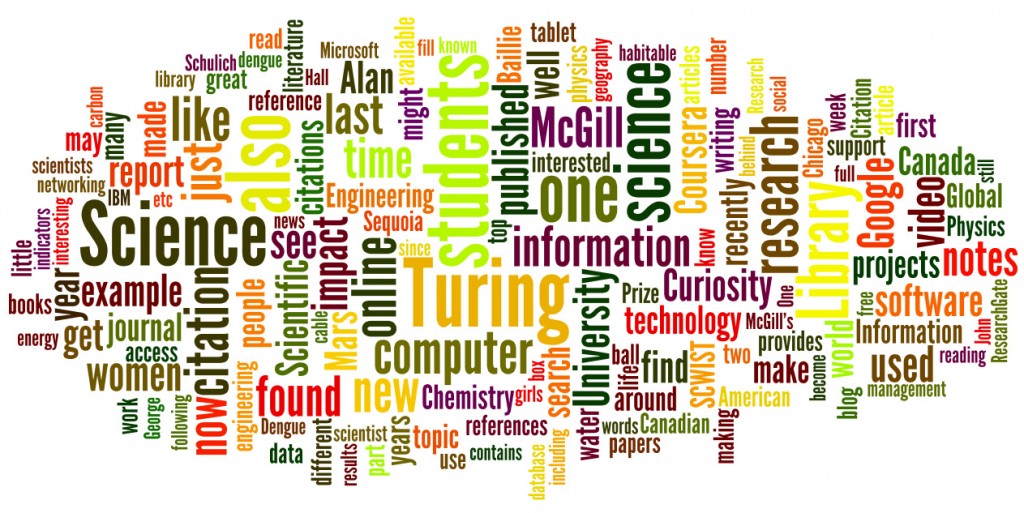The Council of Canadian Academies recently released a report entitled, The State of Science and Technology in Canada, 2012. It reveals the 6 research fields in which Canada is among the best. These are:
- Clinical Medicine
- Historical Studies
- Information and Communication Technologies
- Physics and Astronomy
- Psychology and Cognitive Sciences
- Visual and Performing Arts
For more information, read the report or watch the video below:







